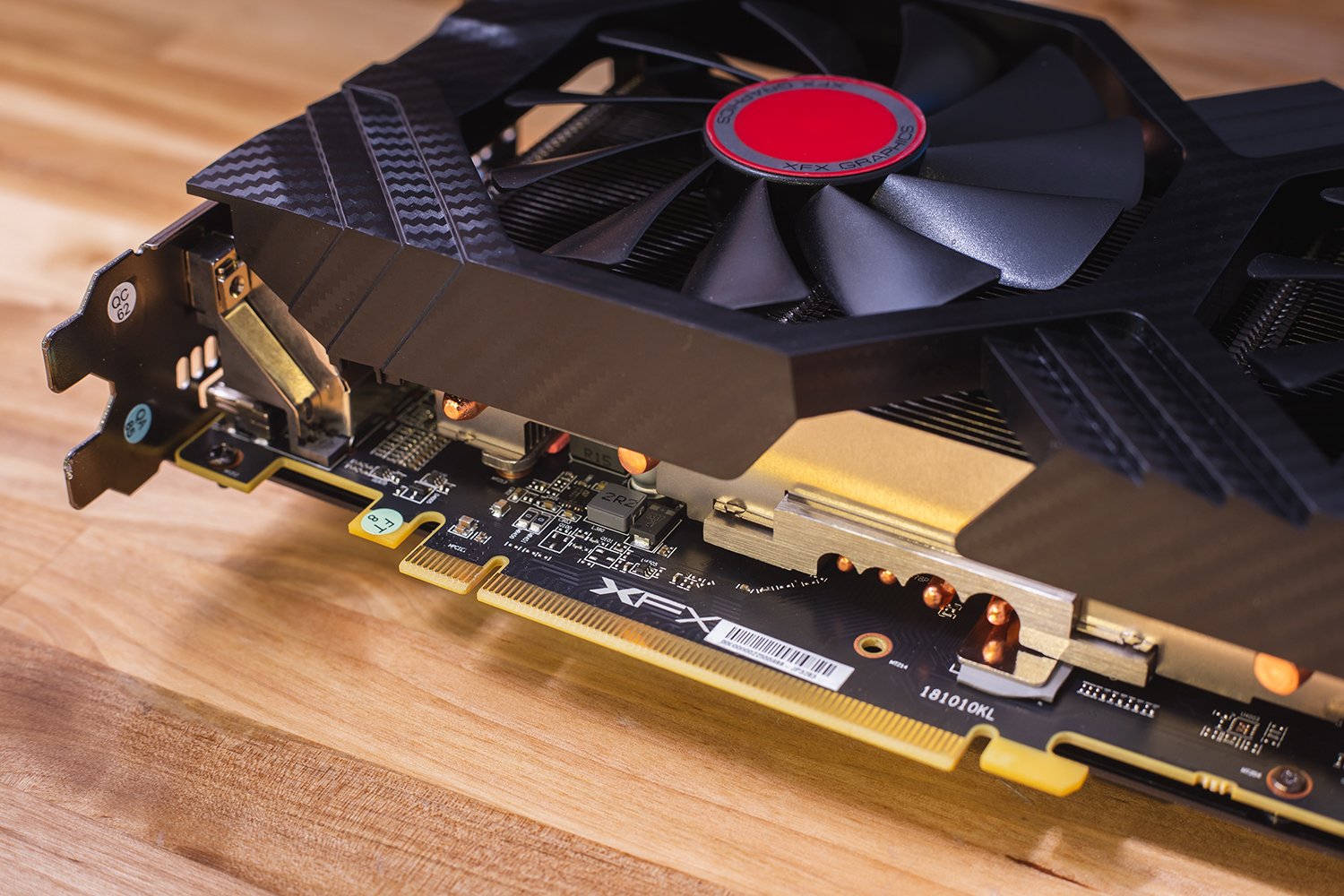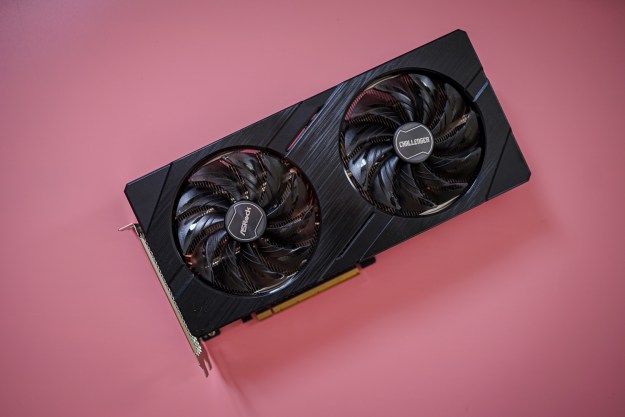
AMD’s upcoming Navi graphics cards could dominate the midrange of the GPU industry if new rumors are to be believed. The first 7nm graphics cards from AMD could offer performance that outpaces its own Vega 64 flagship GPU and is comparable to that of Nvidia’s RTX 2070, with a price tag of just $250. Other cards in the range would be even cheaper, while still offering comparable performance to reasonably high-end GPUs.
Not much is known about AMD’s first new-graphics generation in what will be two years when they debut next year. Navi, as its currently code-named, is expected to be built upon a 7nm process, as AMD’s upcoming Zen 2 Ryzen CPUs will be. However, new rumors about Navi go much further than that and make drastic claims about performance, memory capacity, power requirements, and pricing. If true, they could shake up the midrange graphics industry dramatically.
These rumors come straight from AdoredTV (skip to 20:50), which covers rumors about AMD’s Ryzen 3000 series CPUs in the same video. They’re far from confirmed and are inflammatory to say the least, so we’re not entirely sold on their accuracy. If true though, they suggest 2019 could be an even better year for AMD than the last couple have been.
The rumors claim that there will be three new Navi graphics cards at CES 2019, all launched under the banner of Radeon RX 3000. While that could get a little confusing considering that AMD’s new Ryzen lineup will have similar numbering, it could be a simple case of trying to one-up Nvidia’s RTX 2000-series — something that AMD previously did with the launch of its X470 and B450 motherboards.
The first card will reportedly be named the RX 3080 and will be built on the Navi 10 GPU. It will sport 8GB of GDDR6, which backs up AMD’s road map that suggested Navi would use next-generation memory. Its TDP is reportedly just 150W, 35w lower than the RX 580. Performance-wise, we’re told this card will be as much as 15 percent faster than a Vega 64, with comparable performance to that of an RTX 2070.
Most importantly, though, it’s said to have a price tag of just $250. That’s half the cost of the cheapest 2070.

The Radeon RX 3070 is said to be built on the Navi 12 GPU and will feature the same 8GB of GDDR6. Its TDP will be as low as 120w, with Vega 56 or GTX 1070-like performance. The RX 3060 will have comparable performance to an RX 580, with 4GB of GDDR6 at its disposal, but with a TDP of just 75w. Reportedly, that means it doesn’t require an additional power connector, which could make it amazing for small form-factor builds and passively cooled gaming systems.
None of this is confirmed in any official capacity and the pricing in particular seems too good to be true for consumers. However, AMD has typically offered far more bang for the buck at its midrange than at the top end, so it’s not impossible that it would focus its efforts on undercutting Nvidia, rather than trying to go head to head at the top end. This would also open up room for a much higher TDP Navi chip, or a dual-chip card that would be competitive with Nvidia’s best.
With Navi slated for a CES unveiling, we have less than a month to wait to learn how much truth there is to these rumors.
Editors' Recommendations
- Intel Battlemage graphics cards: release date speculation, price, specs, and more
- The sad reality of AMD’s next-gen GPUs comes into view
- How 8GB VRAM GPUs could be made viable again
- AMD’s GPUs had a bigger year in 2023 than you might realize
- Nvidia is the ‘GPU cartel,’ says former AMD Radeon manager





